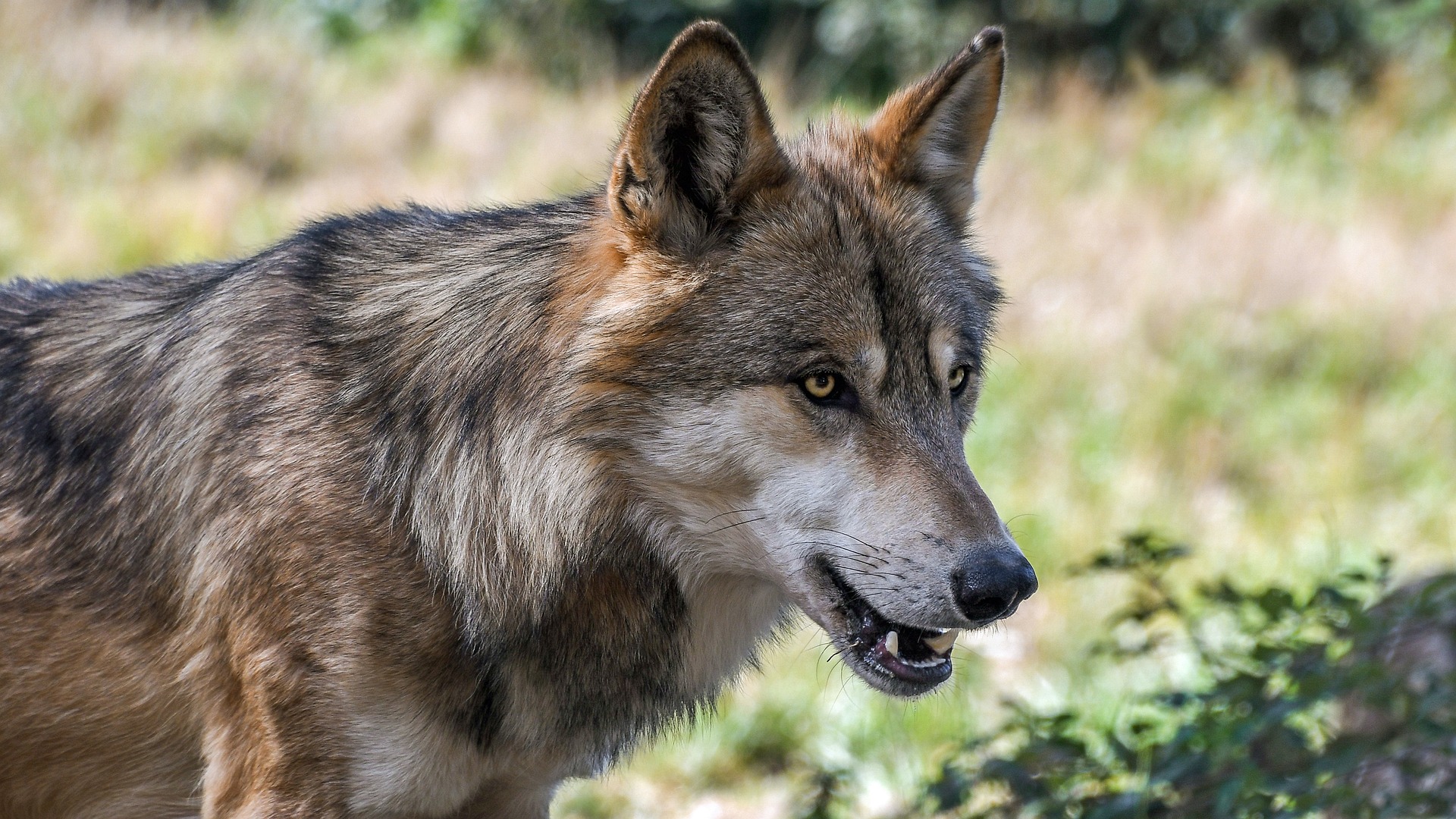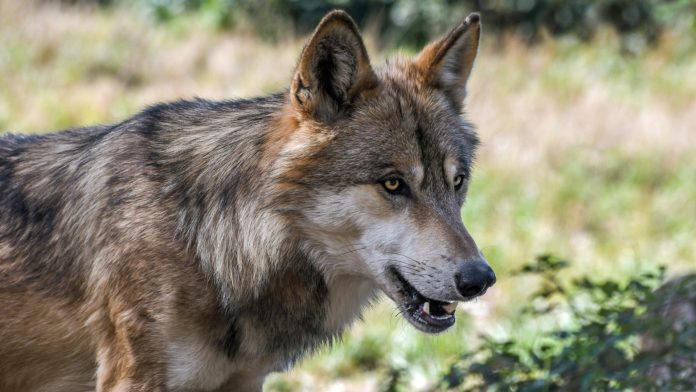
Two gray wolves in the Togo Pack of Ferry County, Washington, have been targeted for removal by the Washington Department of Fish and Wildlife. Wolves from the Togo Pack have killed one calf and injured three others since late June, reports Fox News. The attacks have continued despite non-lethal efforts to deter the wolves, according to WDFW. Injured calves and carcasses have been removed from the area, per regulations, to try and precent further wolf predation, as well as employing the use of a radio-activated box to keep wolves at bay. These measures have all failed, which is why the agency is allowing lethal removal of a species that was delisted from the federal endangered species list, but remains protected in Washington state. This decision comes just after Oregon issued its first wolf depredation permits since 2018.
Killing the wolves “is not expected to harm the wolf population’s ability to reach the statewide or local recovery objective,” according to the WDFW. The agency noted that the wolf population is on the rise in the state for the twelfth year in a row, according to the population report released earlier this year. Plus, wolf mortality is low this year: In a normal year 12 to 20 wolves die of natural causes, but WDFW has only logged three wolf deaths thus far in 2021.
The Center for Biological Diversity argues that the killing will negatively impact the Togo pack. The Togo Pack consists of five adult wolves and four pups, the department said. Washington has 132 wolves by WDFW count, plus 46 wolves on the Confederated Tribes of the Colville Reservation land. The state has killed 34 wolves since 2012, including five wolf removal orders targeting the Togo pack since 2018, according to the Center for Biological Diversity.
Read Next: Feds Back Away From Relisting Wolves. Montana Approves Baiting and Night Hunting
“Removing individual wolves is one of the toughest decisions we face and is never taken lightly,” says Julia Smith, the wolf policy lead for WDFW. “Those communities and WDFW staff have worked diligently to protect their livestock and meet expectations, and the season has been relatively quiet until now. August and September are typically months in which wolf-livestock conflict peaks, so this is not unexpected.”
The post Washington Green Lights the Lethal Take of Two Wolves in Response to Calf Attacks appeared first on Outdoor Life.


